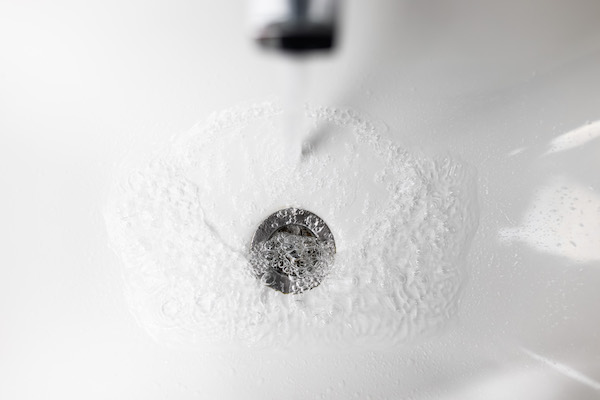With mortgage rates rising and inflation high, many people are wondering what can be done to reduce their household bills.
For 60% of the UK, there is a little known trick which can reduce energy bills immediately and for the next 30+ years, and it comes down to solving one simple problem in the home: hard water.
Hard water affects millions of homes in the UK and while you may not think it has any effect on your energy consumption, it does.
For many, the limescale caused by hard water is simply an irritation and another minor issue in the home. Dealing with blocked shower heads, unsightly scale on your taps and in your kettle, and cleaning soap scum are relatively low on most people’s list of priorities – particularly when many of us are dealing with escalating prices and inflation.
However, the by-products of hard water are causing more harm than you could ever imagine, and costing you money in the process.
Treating hard water can save you money in your home by reducing energy consumption, increasing the lifespan of appliances, and minimising the need for aggressive cleaning products.
How does hard water increase energy bills?
Higher temperatures cause limescale to form more readily, meaning heating elements in expensive equipment such as your boiler, dishwasher and washing machine are especially susceptible to limescale build-up. For every 1mm of limescale on a heating element the amount of energy required to heat water increases by 7-10%.
Just look inside your kettle to see how much limescale build-up there is – we’re willing to bet it’s more than 1mm if you live in a hard water area. And, if like many homes you have just 3mm of limescale built up on your heating elements, the cost of your energy to heat your hot water can be as much as 25% higher than they should be. For as long as your hard water remains untreated, limescale will continue to accumulate and bills will continue to increase.
Eventually this build up will also damage your appliances. In hard water areas you can expect to replace equipment such as your boiler twice as often as someone in a soft water area. So not only are your bills going up throughout the lifespan of this equipment, but you can expect to undertake expensive replacements and repairs more often as well.
How can you treat your hard water?
Your hard water treatment options can be put into three categories: Water Softeners, Water Conditioners and Scale Inhibitors. They all work in different ways and with varying results, so it’s important you do your research before making a decision.
In a nutshell, here are the differences:
Water Softeners – These large units use ion exchange and need power and regular salt top-ups to remain effective. Users often install a separate drinking water tap to avoid consuming the salt-softened water.
Cost – £299 to £1,800
Lifespan – 10 to 20 years
Water Conditioners – These in-line devices treat water as it enters the home and require no chemicals, salt or power. Water treated in this way is safe for consumption and for your pets and plants.
Cost – £450 to £999
Lifespan – 4 to 30+ years
Scale Inhibitors – Scale inhibitors protect one piece of equipment, for a short period of time and are typically fitted when boilers are installed.
Cost – up to £120
Lifespan – 1 to 10 years
Halcyan Water Conditioner’s CEO, Samantha Mant said, “As energy prices continue to soar, households are running out of ways to save money on their bills. However one way to achieve a more energy-efficient home is to install a sustainable water conditioner which can save households hundreds of pounds per year.
“The Halcyan is a small device which takes under an hour to install and requires no additional cupboard space. It not only prevents future limescale but also removes existing limescale in your system.
“For a £770 investment, customers receive a 30 year warranty and can expect to achieve a potential saving of up to £15,000, on energy bills at today’s prices, savings on appliance maintenance and replacement, and a reduction in detergents required, over the lifetime of the device.”






Leave a Comment